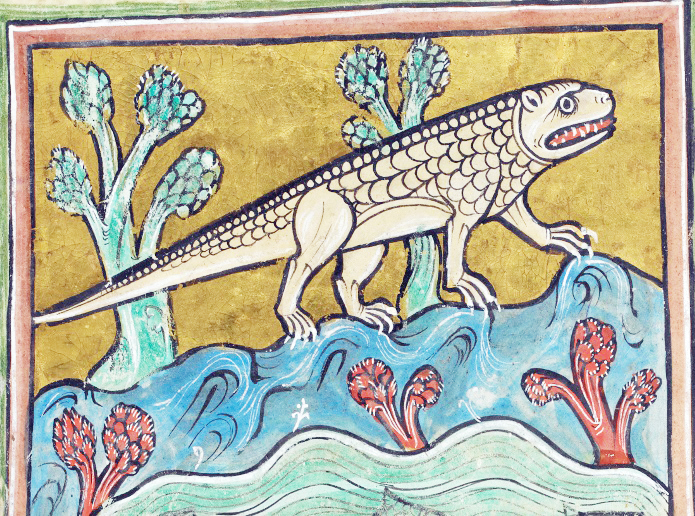
This is why so many people have begun to make concerted efforts to create content that is reflective of the real world. We see movies and shows that star diverse actors and actresses. We see more influencers and celebrities posting pictures that are not edited in any way. We have begun to give local artists more support and new platforms so that young people can learn more about their own culture.
We have effectively begun to mitigate the issue of unrealistic beauty standards created by social media.
However, there is another side to this issue that is often not recognised. The standards created by the media do not only affect the way in which we view people and ourselves, but also influence our expectations for life and relationships.
The majority of films, books and content are designed in such a way that they entertain us and allow us to step out of our shoes for a little time. In order to effectively meet this aim, they usually do not include many of the mundane, stressful problems that every human being faces. Even stories about the most difficult, heart-breaking journeys are often garnished with a sweet, happy ending.
Life has elements of spontaneity, messiness and uncertainty that social media and mass media rarely capture. This means that when we experience these elements in our own life, they are so unrecognisable that we believe them to be indicators of a poor life. In the same manner that the media had created an unrealistic beauty standard, it has also created an unrealistic standard for the way we view our lives.
Recently I discovered a strange phenomenon in Mediaeval paintings. Many of the animals that are depicted in these paintings are extremely strange and inaccurate to what they look like in real life. Sometimes, there are small errors such as dogs drawn with human noses instead of snouts. Other times, however, the errors are so great that they are quite humorous.
For example, there are depictions of elephants with fox-like ears and fur, there are paintings of snails with heads in the shape of a pig, and even mussels with eyes and a mouth. While some speculate that these depictions were intended to be humorous or artistic, it is largely believed that there is a simple cause for this phenomenon. Mediaeval artists simply did not have the ability to see many of the animals they drew. Because of the lack of technology and the inability to travel freely, animals like a zebra or jaguar would have been as odd to European artists as the idea of dragons and unicorns are to us.
Young people who use media to learn about the world can quickly develop a pessimistic approach to their relationships and daily lives because they believe them to be inadequate and imperfect. Them living life using media as a guide is quite similar to painting a picture of an object that they have never seen.
The best way to solve this issue is to simply converse with our young people about life and what they must expect from it. Sharing experiences and stories of personal growth can be the most powerful motivators for people who are not sure about what to expect and how to react to what they experience. The youth must also choose to learn from people, especially the adults around them, rather than the media.





